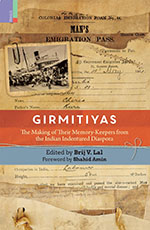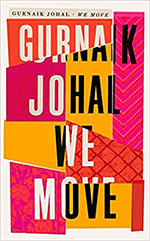Migration
In the early 19th century, when slavery was abolished in the British empire, more than one million Indians were taken to various European colonies such as British Guiana, Fiji, Natal, Mauritius, Suriname and Reunion as indentured labourers. These labourers, the victims of systemic caste oppression, famine and drought in India, were forced to sign an agreement (a contract) before they began their arduous journey to these colonies.
At first glance it might seem like I am trying to compare apples and oranges in this review as Haritas is a political anthropologist of the city and Haripriya is a poet and a writer, so the books are quite different in their approach and perspective. The reason for doing a joint review is to understand the interdisciplinary nature of the concept of home, in relation to migration, survival and identity.
2022
Immigrant life is a complex mix of a search for new opportunity and yearning for a lost home. As older generations grapple with life in a new country and culture, nostalgic for people and places from their past, younger generations in turn strive to become full members of the only country they know, while being raised by parents and grandparents who are often at odds with the new culture.
Following the Partition of the subcontinent, the migration of refugees from East Pakistan into West Bengal did not occur in a single wave, as it did along Pakistan’s western frontier, where over fifteen million people crossed the border in the year of Partition. The former’s border crossing had various crests and troughs throughout the decades, which is why the problem has been viewed differently and often goes unacknowledged.




